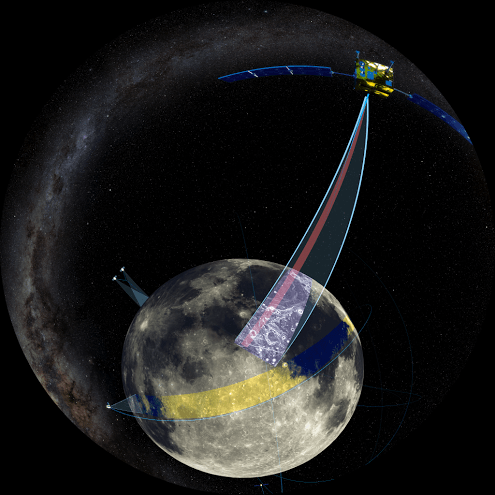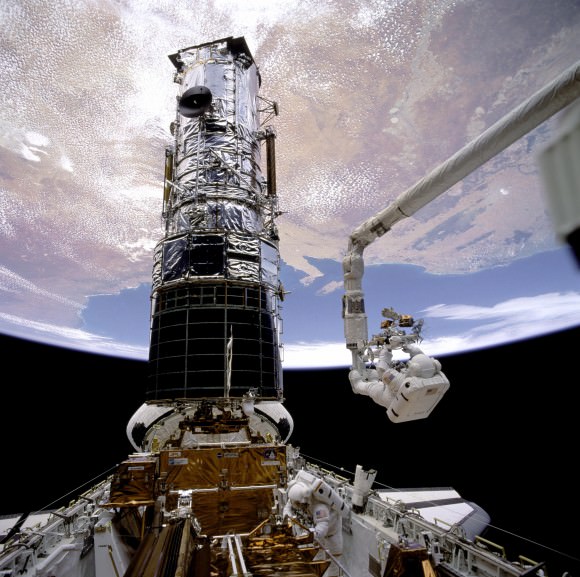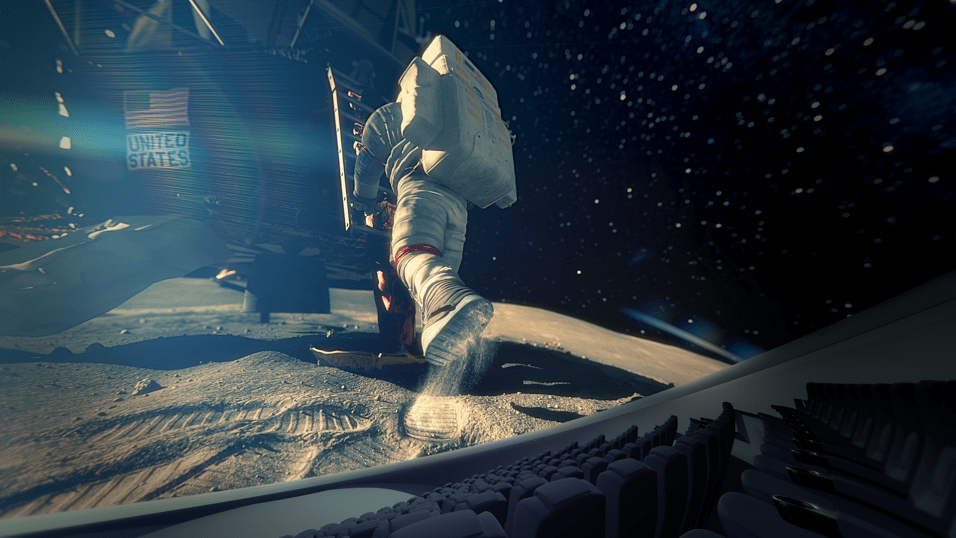To drum up publicity for the Google Lunar XPRIZE missions, the organization has produced a “dome film” about exploring the moon through the past to the future — and is giving away the product for free to dozens of dome theaters and planetariums worldwide.
Among Back To the Moon For Good’s first appearances will be the National Science Center at Leicester, United Kingdom on Nov. 6, and a United States premiere is on its way shortly. A full list of participating venues so far is at this website. The target audience for the show (which is designed for a wraparound theater) is elementary and secondary school students.
“It was Mercury, Gemini and Apollo that took the us into space, and ultimately to the moon, and this was incredibly exciting and was responsible for lots of folks going into science and technology over the years,” said Bob Weiss, who is XPRIZE’s president and executive producer of the film, in a Universe Today interview.
“We would like to provide a 21st century version of that, but as a new kind of space mission, more interactive and participatory,” he added, saying that social media and Internet websites would be a couple of ways people at home can stay engaged in the mission or missions to the moon. (That definitely wasn’t possible generally when Apollo 11, the first moon mission, landed in 1969!)

The narrator of the show is Tim Allen, an actor best known for the Home Improvement series of the 1990s. Allen, by the way, is a fan of space himself (says Weiss) and also appeared in a 1999 parody science fiction film called Galaxy Quest. Weiss said the desire was to find somebody who was family-friendly, well-known and enthusiastic about the project.
By the way, loyal fans of Home Improvement will recall that astronauts appeared on the “Tool Time” segment of the show on several occasions, usually after Hubble Space Telescope repair missions. (NASA astronaut Ken Bowersox appeared three times himself, in 1994, 1996 and 1998.)
In Season 3 show “Reality Bytes” in 1994, Tim Allen’s character asked STS-61 commander Dick Covey what the difference was between repairs in space and repairs on Earth. “It’s actually a lot like using tools here on Earth. Except there’s no gravity, so you don’t have to worry about dropping a tool on your foot,” Covey quipped.
If “Tool Time” was taking place now, we wonder if Allen would also be interviewing private companies working on robotic and human spaceflight. XPRIZE is still chugging along well, Weiss said, and added some of the teams have signed launch contracts to send their robots to the moon. (He declined to provide many details, citing confidentiality reasons.)

“We have folks who have launch contracts to go to the moon, and another serious sign is when there is real flight hardware that is being built and tested. I have seen myself some of this hardware, and there are teams that are really racing to beat each other,” he said.
“There are approximately 20 teams around the world competing to do this. It has been an interesting competition, watching some teams drop off and some devolve and recombine with each other.”
Teams have until Dec. 31, 2015 to send a robotic spacecraft to the moon, travel 500 meters (whether on, below or above the surface), and transmit two “mooncasts” for Earth. At least $40 million in “incentive-based prizes” are up for grabs. We’ve covered a few of the concepts on Universe Today before, such as one team seeking to send robots into moon caves, and a college group trying to put a rover on the surface.
Check out more information on the teams on the Google Lunar XPRIZE website.

